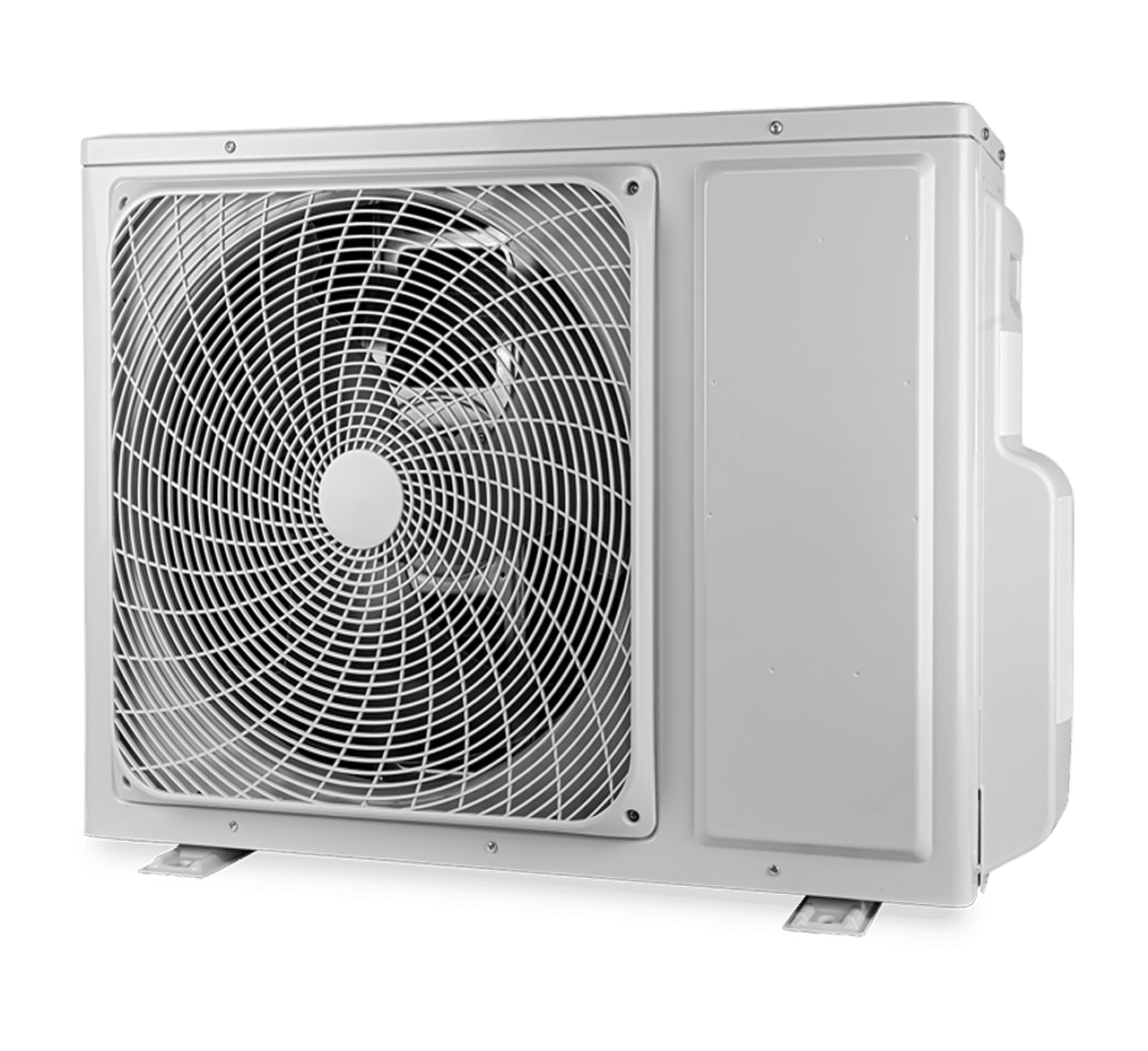Need A New Furnace? Know Your Fuel Types & What Size To Get

Need A Furnace? Know Your Fuel Types & Sizing
So, it’s time for a new furnace.
Whether the wear-and-tear finally won or you’re moving to a new home and want to replace the current furnace, there are some choices to make before you buy.
It’s a no-brainer that you’ll want to get a new furnace as soon as possible – the woes of Alberta’s winters are well-known to homeowners here – but breaking it down into doable bits is the best way to make sure you get the most for your money.
Let’s take a look at two essential questions to start with:
- What type of fuel should I get?
- What size furnace should I get?
From here you’ll have a much better idea of price, as well as potential for cost, energy and space savings.
So let’s get started.
What type of fuel do I need for my new furnace?
- Gas
- Oil
- Electrical
- Modulating
Gas-powered furnaces: The most common types in North America; use gas to ignite the burner, heat air inside the furnace and send it through your duct system
Oil-powered furnaces: Same as above, but replace gas with oil; usually found in colder areas or homes that can’t be connected to the gas line
Electrical furnaces: Use heating elements to heat the air and blow it through your duct system; usually higher upfront cost, but more fuel-efficient for long-term savings
Modulating furnaces: Consistently operate to provide precise temperature settings; operate at high efficiency, but cost more initially
What size furnace should I get?
Figuring this out depends on:
- The size of your home
- The amount of heat your furnace produces (in BTUs)
- The efficiency of the furnace you choose
Heating capacity
Furnaces measure heating capacity in BTUs (British thermal units). A BTU is the amount of heat required to raise the temperature of one pound of water by one degree Fahrenheit. The average furnace typically produces between 80,000 and 100,000 BTUs an hour. Furnace efficiency
Every furnace is rated with an Annual Fuel Utilization Efficiency (AFUE) rating. All gas-powered furnaces in Canada are required to have a minimum rating of 90% AFUE, but more efficient furnaces can reach up to 97% efficiency.
The total amount of BTUs produced by your furnace is calculated by comparing the efficiency rating to the heating capacity.
For example, if you have a furnace that has the capacity to produce 100,000 BTUs of heat an hour, but it only has an 85% AFUE rate, the actual amount of heat it is producing is only 85,000 BTUs. The higher the AFUE rating, the more efficient your furnace is at producing heat.
The size of your home
The size of your home can have a huge impact on your furnace’s overall performance, such as how well it maintains heat. Your home’s age, orientation, windows, and insulation also all play a part in the furnace’s operation.
Because of how complicated this is, HVAC professionals have devised an equation called the Manual J Load calculation to find the optimal size of furnace you need for your home.
The home heating pros at Romaniuk can help you start you search for the right new furnace.
A new furnace is a big investment.
Let the pros at Romaniuk help you find the right system for your budget and house size today.
